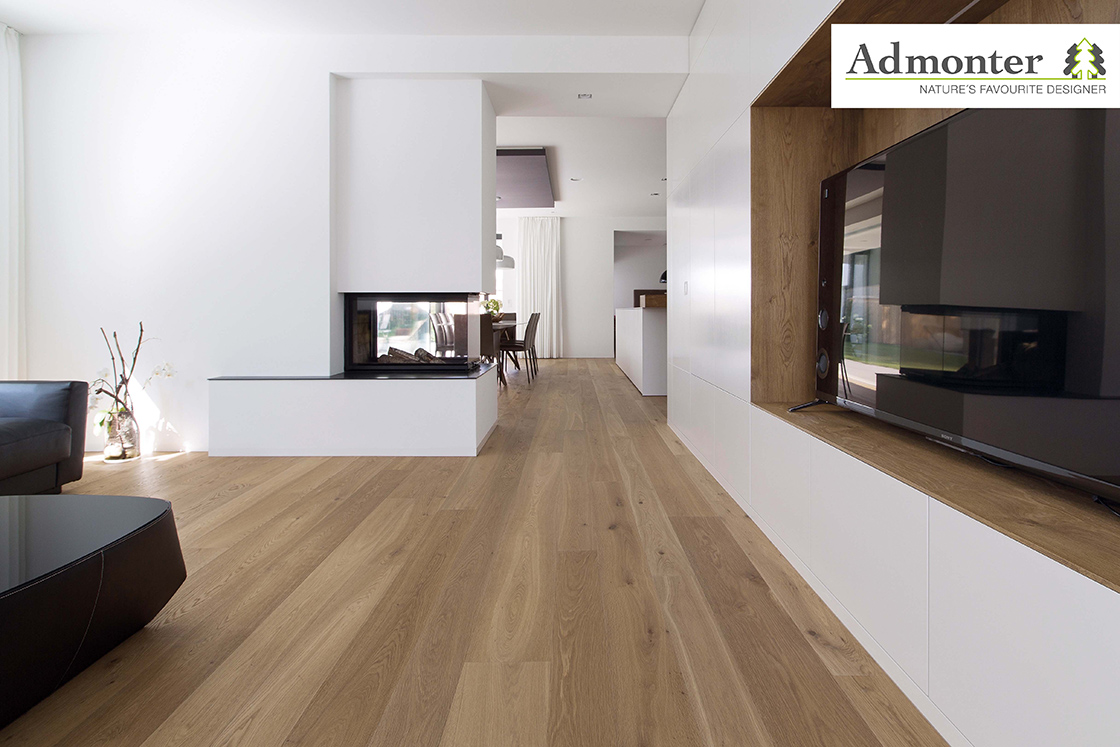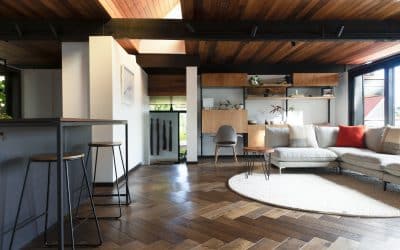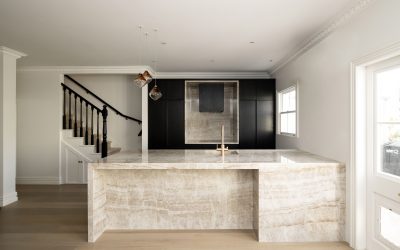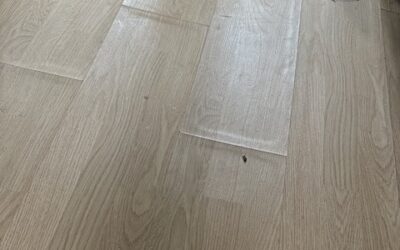Colour Variation Is Naturally Beautiful
Many of our clients ask us about colour variation. It’s important to note that there will always be colour variation with wood flooring.
Using oak as the example, you’ll see colour and grain variation from board to board, and also differences between batches. This is a feature of oak and is to be celebrated; it’s these natural differences that ensure your real wood floor looks as natural as possible. If the colour were too uniform you may end up with a floor that looks less natural and more like laminate or vinyl.
Remember that oak doesn’t discriminate; no matter what type of oak it is, the country of origin or where you buy it from, there will always be a natural colour variation from board to board.
Varying tannin levels and different grain patterns are contributing causes of colour variation – for example, where you have more open grain compared to tighter grain structure, this may also result in some colour variation.
This natural variation is one reason why a small hand sample may look quite different to the installed floor. It’s important to note that small samples are just an indication of the general colour tone and grain pattern effect.
Wood Treatments
Some wood treatments can highlight colour differences – such as with smoked oak. As the smoking process relies on tannin levels in the oak to colour the wood, you will see a range of colours from the tannin variation throughout your flooring. This is a valued feature of smoked oak flooring and helps create a very organic and natural atmosphere.
The process of aging oak can also contribute to colour variation. For example the use of reactive stains will highlight colour differences. You may see a wide range of colours throughout your flooring from a single reactive stain colour – a grey colour may appear light grey and dark grey in the same floor. This variation produces a very attractive and popular aged effect.
Colour Differences From Custom Colours
This is a slightly different topic as we’re not talking so much about variation in colour throughout your floor (although this will still exist), we’re looking at the variation you will see during the process of creating your custom colour.
If you’re getting colour samples produced on different pieces of oak (eg. different board sizes from different manufacturers), you may see substantial colour differences. For example, a tinted oil that appears almost black on Ukrainian oak may appear a mid-brown tone on Lithuanian oak.
Another factor that affects the final colour is texture; a deeper brushed structure on the same piece of oak will typically make the same colour appear darker compared to the same oak with a lightly brushed texture.
How To Obtain Less Colour Variation
One way that you may realise a floor with less variation is to buy a prime grade of oak without knots. In general, the colour variation can be less with this oak grade, however there will still be some variation.
Another way to minimise variation is to buy European made engineered wood flooring. Remember also that just because the oak is ‘European’, it doesn’t mean your floor has been manufactured in Europe. The vast majority of European oak flooring sold in New Zealand is sourced from China.
In general we tend to see more colour variation and less consistency in wood flooring sourced outside of Europe. That’s not to say you can’t get wood flooring with a lot of variation sourced from Europe – you certainly can, but it depends on what treatment the wood has gone through (as mentioned above).
Many European manufacturers offer ranges with more variation as a feature, so there are always exceptions.
The best thing to do is talk to your wood flooring supplier – ask them what is the typical colour variation of the product you’re interested in. Ask to see photos that reflect the average colour variation.
Lastly, embrace the colour variation as this is intrinsic to all wood. Colour and grain variation is one aspect that helps bring a beautiful and natural atmosphere to your interior.
Admonter Oak Seta



